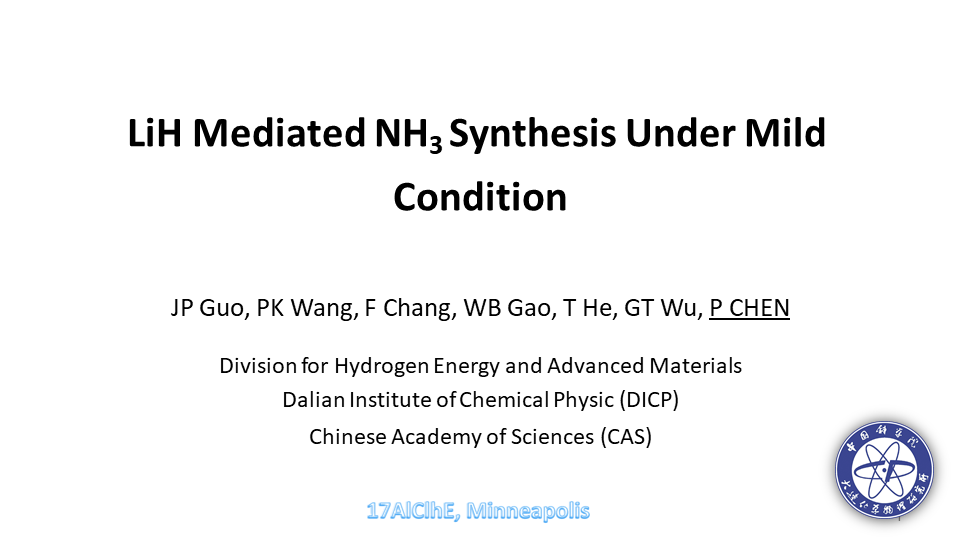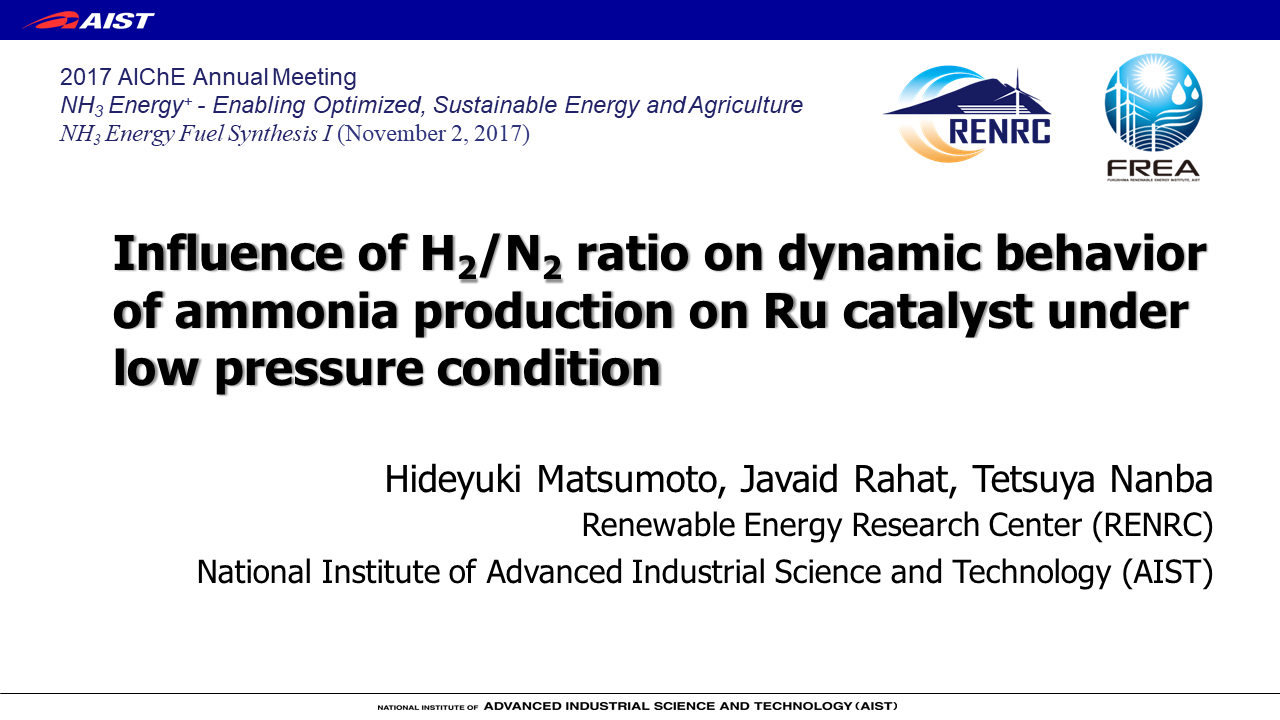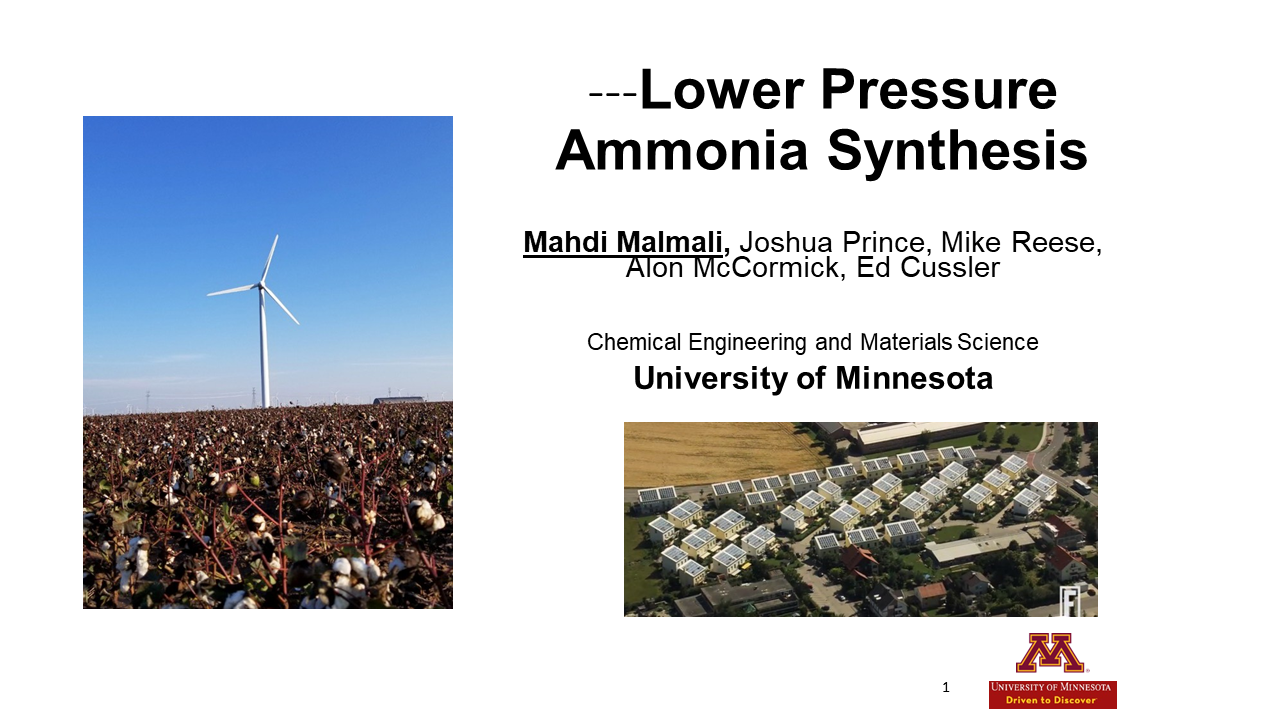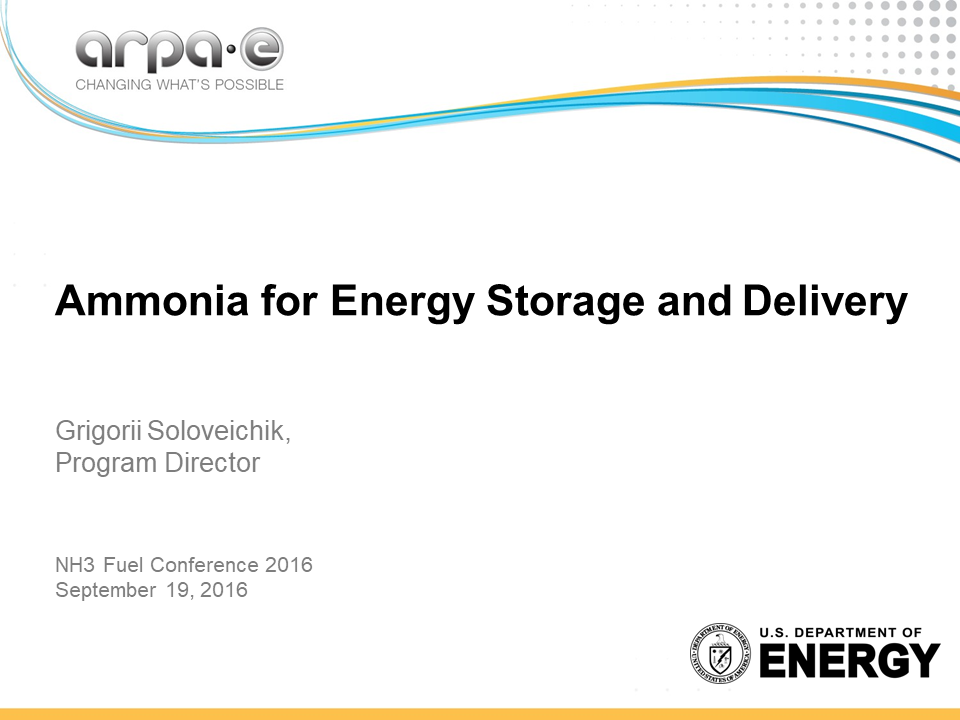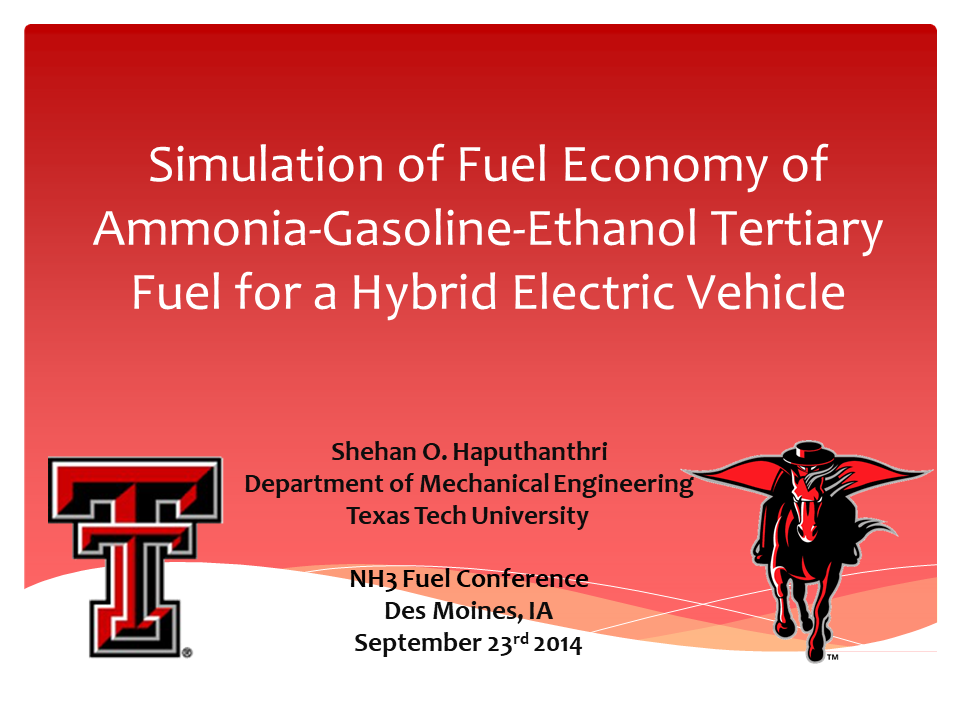Presentation
Design Optimization of a Distributed Ammonia Generation System
Distributed ammonia generation located near farms is a promising alternative to the current practice of large-scale, centralized production. This production mode would reduce the need for transportation of ammonia over long distances currently caused by the mismatch between production and consumption locations. In addition, a small-scale ammonia synthesis process could more easily take advantage of distributed power generation based on wind or sunlight to reduce energy costs and lessen the dependence on fossil fuels. Distributed, renewables-based fertilizer production would largely insulate farmers against market uncertainty while also increasing the sustainability of the agricultural supply chain. However, a technically proven, economically…

